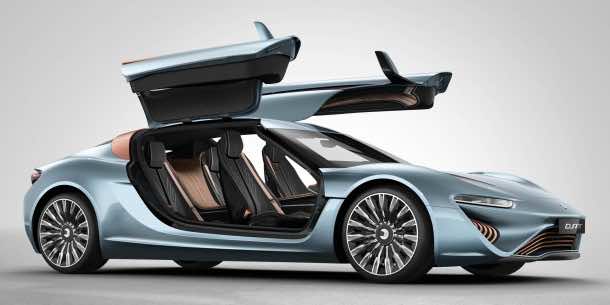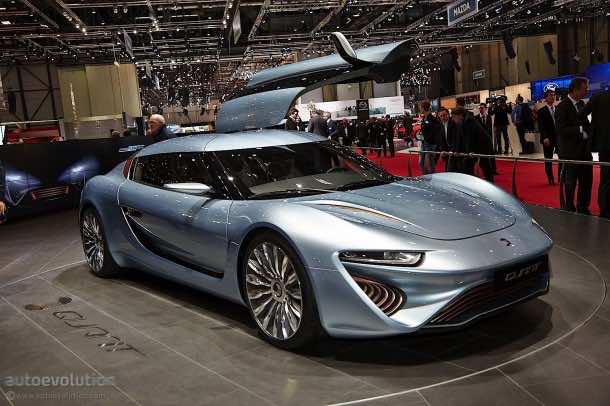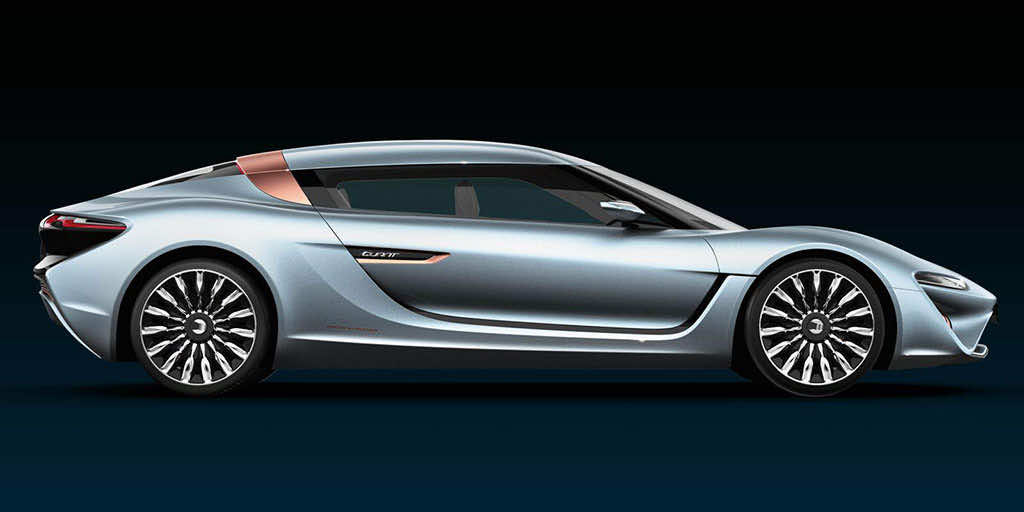So are we ready? For what? Ready for this awesome Quant e-Sportlimousine that is capable of reaching speeds of 350 Km/h and weighs in at 2,300 kg and takes 2.8 seconds to reach a speed of 100 km/h from rest and is as fast as McLaren P1! Oh and wait till you hear the best part; it runs on saltwater.
The car made its debut back in March at 2014 Geneva Motor Show and has been approved for use on European roads. The car has a horsepower of 920 while using a technology known as electrolyte flow cell power system in order to provide power to 4 electric motors that it comes equipped with. The working is similar to a hydrogen fuel cell with the main difference coming in the liquid that is being used for storing energy. The saltwater passes through a membrane that is located between two 200-liter tanks and that results in an electric charge. The electricity’s storage and distribution is then carried out by super capacitors.
One complete filling of the two tanks allow for the user to travel 600 km and as far as dimensions go; the car measures in at a length of 5.25 meter, width of 2.2 meters and 1.35 meters high. The 22-inch wheels rest right below the double gull-wing doors that come with the Chrystal Lake Blue paint. The interior comes equipped with a complete interactive dash that has wood themed features and an entertainment system that is based on Android. According to speculations so far, the car would cost more than $1.7 million.
The company behind this is NanoFlowcell AG which is based in Lichtenstein and currently busy in planning test drives on public roads in Germany. As per the company’s claims; the car offers five times more energy as compared to the capacity of lithium-ion batters weighing the same.
Chairman of the Board Professor Jens-Peter Ellermann from NanoFlowcell AG says; ‘We’ve got major plans, and not just within the automobile industry. The potential of the NanoFlowcell is much greater, especially in terms of domestic energy supplies as well as in maritime, rail and aviation technology.’


